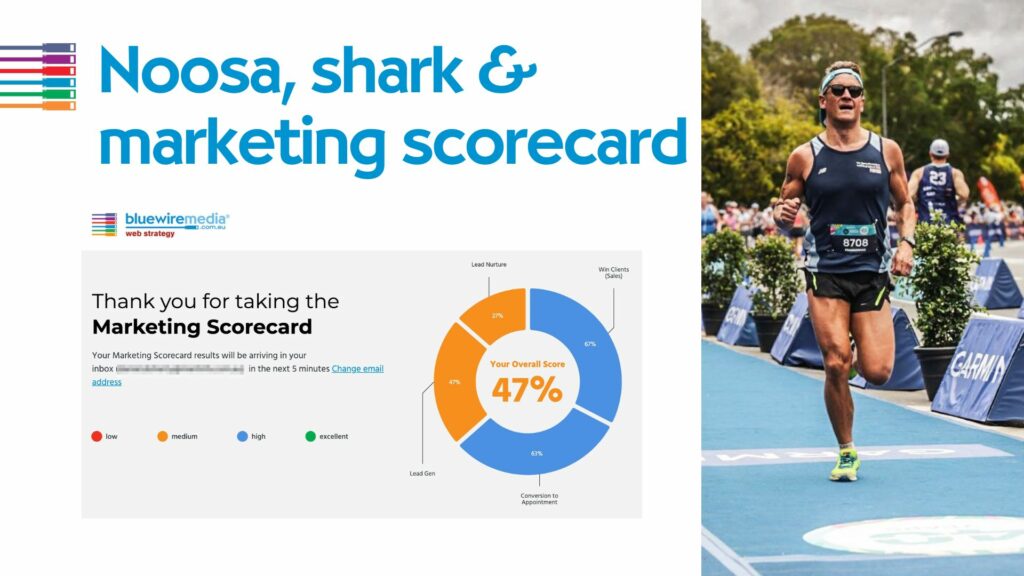
Around 1.9 million Australians are bracing for an increase in their health insurance premiums, effective September 1.
The rise comes after a brief suspension earlier this year, as insurers typically adjust premiums annually on April 1. This deferral aimed to ease financial burdens, but escalating healthcare and treatment expenses have forced insurance providers to pass on some costs.
According to the latest data from the Australian Prudential Regulation Authority (APRA), approximately 45% of Australians possess private hospital coverage, with more than half opting for additional private extras coverage.
Kate Browne, spokesperson for Compare Club, remarked, “Over half of Australian health insurance holders are still awaiting their annual premium increase, creating a scenario where familiar April hikes become overlooked until they impact personal bank balances. This intentional confusion tends to favour insurance providers.”
Amid this backdrop, some insurers have refunded members, though these reimbursements won’t offset the impending premium surge as they represent owed funds from lockdown periods when coverage went unused.
“If the industry reverts to the standard practice of implementing the annual premium increase on April 1, over 50% of Australians with health coverage will face two successive hikes within six months – a situation that undoubtedly pinches the pocket,” warned Browne.
“While you might come across an average premium increase of 2.90% for this year, this figure pertains to the collective average across all health funds,” she clarified. “The five largest funds, which account for over 75% of all policies in the nation, are enacting an average rise of 3.38%. Translated, this amounts to an extra $24 for family policies, as per calculations by Compare Club.”
However, Browne emphasized caution in assuming that the reported average rate increase by insurers mirrored individual experiences. “For instance, even though HBF declared an average surge of 4.49% in April, specific family policies saw increases of up to 15%. Your insurer would have sent you a communication, so it’s worth your while to take a moment to determine whether you’re facing an above-average rate hike.”
Amid financial constraints, the news of another premium increase by health funds lands as a heavy blow for many Australians. Browne highlighted alternatives, noting, “While it’s understandable that many are contemplating dropping their insurance altogether, the silver lining is that there are a plethora of avenues to mitigate financial strain without parting ways with coverage.”
Kate Browne’s advice echoes a theme of prudent financial management. “Statistics suggest that many Australians remain with the same health insurer for longer than the average duration of a marriage. While it might sound like a cliché, in the realm of health insurance, loyalty rarely pays off. If you haven’t reviewed your plan in the past 2-3 years, chances are high that you could switch to a health fund offering lower premiums and better value.”
Drawing on tangible figures, she encouraged action, saying, “If your premiums feel like an undue burden and you haven’t switched policies in a while, it’s prudent to explore other options. Our analysis indicates that individuals are saving an average of $300 annually by switching private health providers through Compare Club. Families, in particular, stand to benefit significantly, with potential savings nearing $462.90.”
“The intense competition among insurers vying for customers has paved the way for enticing deals for new policyholders,” Browne pointed out. “Whether it’s basic or comprehensive coverage, switching to a different provider could translate to saving hundreds of dollars each year.”
Navigating the maze of health coverage options, Browne provided her top recommendations for cutting down on health coverage costs:
- Ensure that you’re on the most competitive deal available in the market. Switching to a different insurer could lead to both a reduced premium and enhanced value.
- Reevaluate your extras coverage. Tailoring these benefits to better match your needs is a straightforward route to achieving better value.
- Don’t be daunted by waiting periods. If you’re transitioning to a lower coverage level, you won’t have to endure new waiting periods.
- Even if you’re upgrading your coverage, numerous funds are presently offering to waive the typical 2- and 6-month waiting periods in the lead-up to October 1.
- Certain funds offer up to six weeks of free coverage when you make the switch.
Keep up to date with our stories on LinkedIn, Twitter, Facebook and Instagram.


